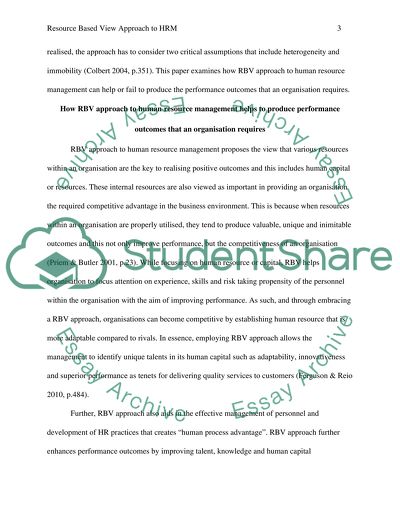Cite this document
(“Critically evaluate how the Resource based view approach to HRM can Essay”, n.d.)
Critically evaluate how the Resource based view approach to HRM can Essay. Retrieved from https://studentshare.org/human-resources/1654504-critically-evaluate-how-the-resource-based-view-approach-to-hrm-can-help-or-fail-to-produce-the-performance-outcomes-an-organisation-requires
Critically evaluate how the Resource based view approach to HRM can Essay. Retrieved from https://studentshare.org/human-resources/1654504-critically-evaluate-how-the-resource-based-view-approach-to-hrm-can-help-or-fail-to-produce-the-performance-outcomes-an-organisation-requires
(Critically Evaluate How the Resource Based View Approach to HRM Can Essay)
Critically Evaluate How the Resource Based View Approach to HRM Can Essay. https://studentshare.org/human-resources/1654504-critically-evaluate-how-the-resource-based-view-approach-to-hrm-can-help-or-fail-to-produce-the-performance-outcomes-an-organisation-requires.
Critically Evaluate How the Resource Based View Approach to HRM Can Essay. https://studentshare.org/human-resources/1654504-critically-evaluate-how-the-resource-based-view-approach-to-hrm-can-help-or-fail-to-produce-the-performance-outcomes-an-organisation-requires.
“Critically Evaluate How the Resource Based View Approach to HRM Can Essay”, n.d. https://studentshare.org/human-resources/1654504-critically-evaluate-how-the-resource-based-view-approach-to-hrm-can-help-or-fail-to-produce-the-performance-outcomes-an-organisation-requires.


